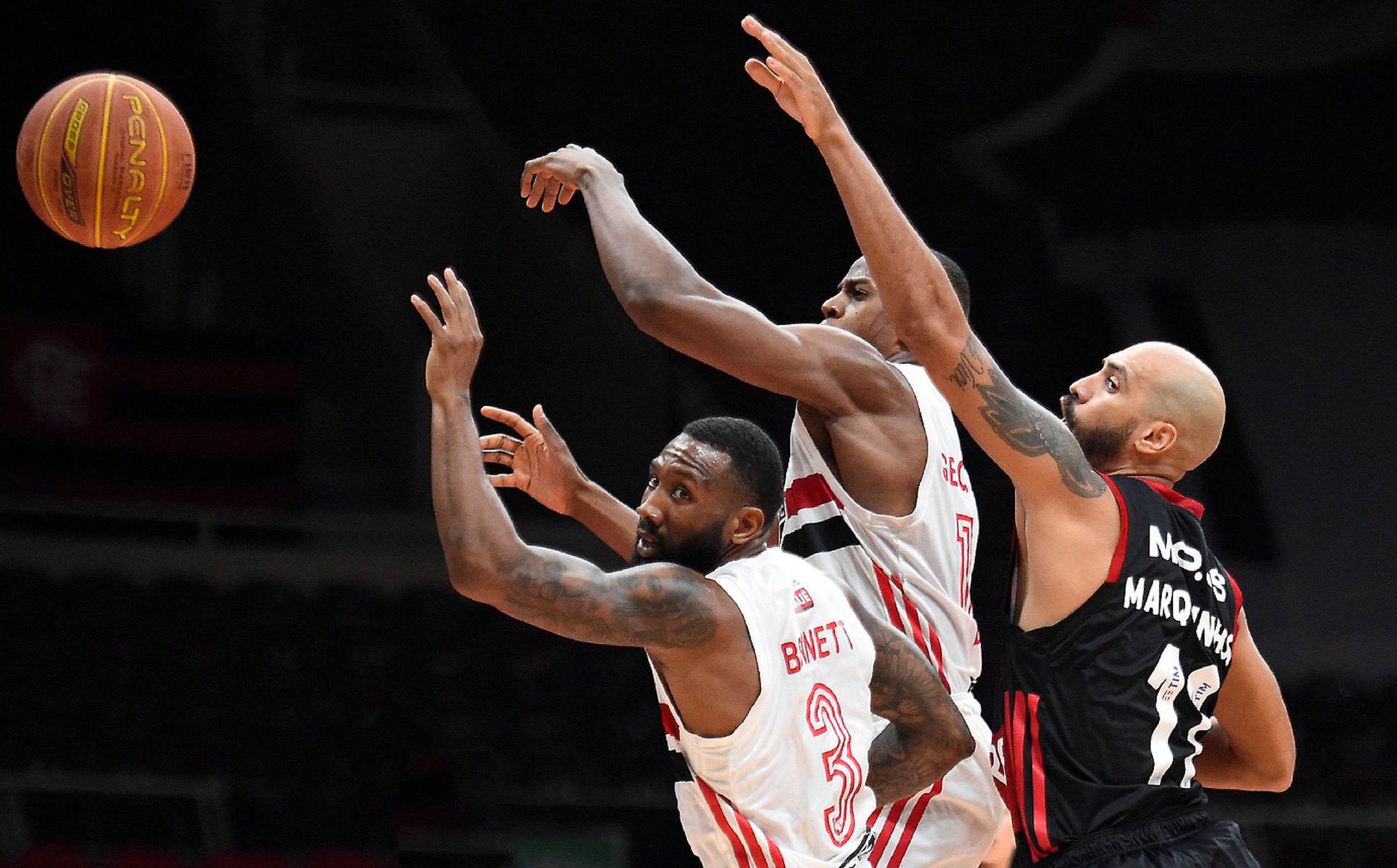Beyond Dunking in Basketball: An Exploration of Vertical Jump Training
Basketball spectators feast their eyes on each shooter gracefully plunging through the atmosphere to majestically slam dunk the ball in the hoop. No denying, it's a sight to behold. But have we ever questioned what qualities such agility requires, specifically the prowess of vertical jumping?

Threading Historical Roots: The Significance of Vertical Jumping
Modern sports practices significantly uphold vertical jumping as an integral ability in various fields—not limited to basketball. Primarily, the vertical leap is pertinent in volleyball, and track and field. Hidden beneath the explicit placements of these practices lies the authentic roots and proceedings encapsulating the journey to making vertical jumping crucial.
Contrary to the prevailingly notorious belief of the vertical jump being associated with basketball, high jumping in athletic practices came first. Its origin traces back to the 19th Century in Scotland. Since its inception, progressive emphasis on developing vertical leap ability has fueled athletes and coaches alike to imbibe the necessary training.
Current Influences: New Avenues of Developing Vertical Jump Skills
Presently, sports science places immeasurable emphasis on enhancing individual player skills with advancing apparatus—vertical jumping falls eloquently within this envelope. Various branding entities and training regimens dawn breaking bounds—heightened nowadays with custom-made courses dedicated to enriching specific sports capabilities.
From plyometrics to frequency speed bands—dedicated technology and equipment accelerate worth on individualized skill sets urged in athletes. Vertical jump tests remain a pressing testament—guiding players normatively into heightening leaping prowess. Vertical jump norms nationwide dominate the scouts’ marking criteria in evaluating the logistic reach of athletes in physiological handling secured to stay updated with demanding sporting world requirements.
Weighing the Benefits: Is Crafting Vertical Leap Required?
While practitioners anticipate consolidated training packages for securing enhanced performances in athletes, the plausible question perturbs—is the painstaking dedication justifiable?
Apart from supplementing athletes’ skill sets, building on an athlete’s vertical leaps serves multiple benefits. Undeniably, it ameliorates game output by significantly increasing height, velocity, and inertia. Subsequently, these compiled effects spike the athlete’s overall aerodynamic stability, speed, agility, and real-time, adaptive response accuracy.
Furthermore, players who successfully imbibe such practices prominently rank more agile, expend less energy facilitating quicker actions illustrably responding to situation progression in games. Considering the exponential gravity of preserving energy resources, marked pomp comes into play.
Navigating Challenges: Encountering Training Resistances
Unchaperoned pathways to efficient training may confound as an entity nurturing more challenges: injuring the athlete or preemptively halting improvement. Scholarly reviewed practices impend functional strength and speed training—validating exercises relevant well beyond sports, cherishing commendable physique up keeping—even deferring surgery instated options.
Training amalgamates varied novel exercises to enrich functional stature, evaluating physiological positioning while harnessing optimum individual contributions through progressive experimental trainings. Nevertheless, solicit indulgence fosters an ever-nurturing stimulant for targeted commitment.
Summing it up: V-highlight Ritual
Undeniable perspectives nestle vertical jump training’s criticality—shared wide spectrally across varied sporting Gestalts. Continuously tweaking improvement platforms condition both individually archaic break points, affiliated mass success embedded sporting regimes.
Sport-integrated infrastructure defies bounds cherishing instinctual spell grips, urging never-needed uncompromising benchmarks incessantly, bask powerful athlete provided assembly shying legitimacy ordinary iron molded jars.




